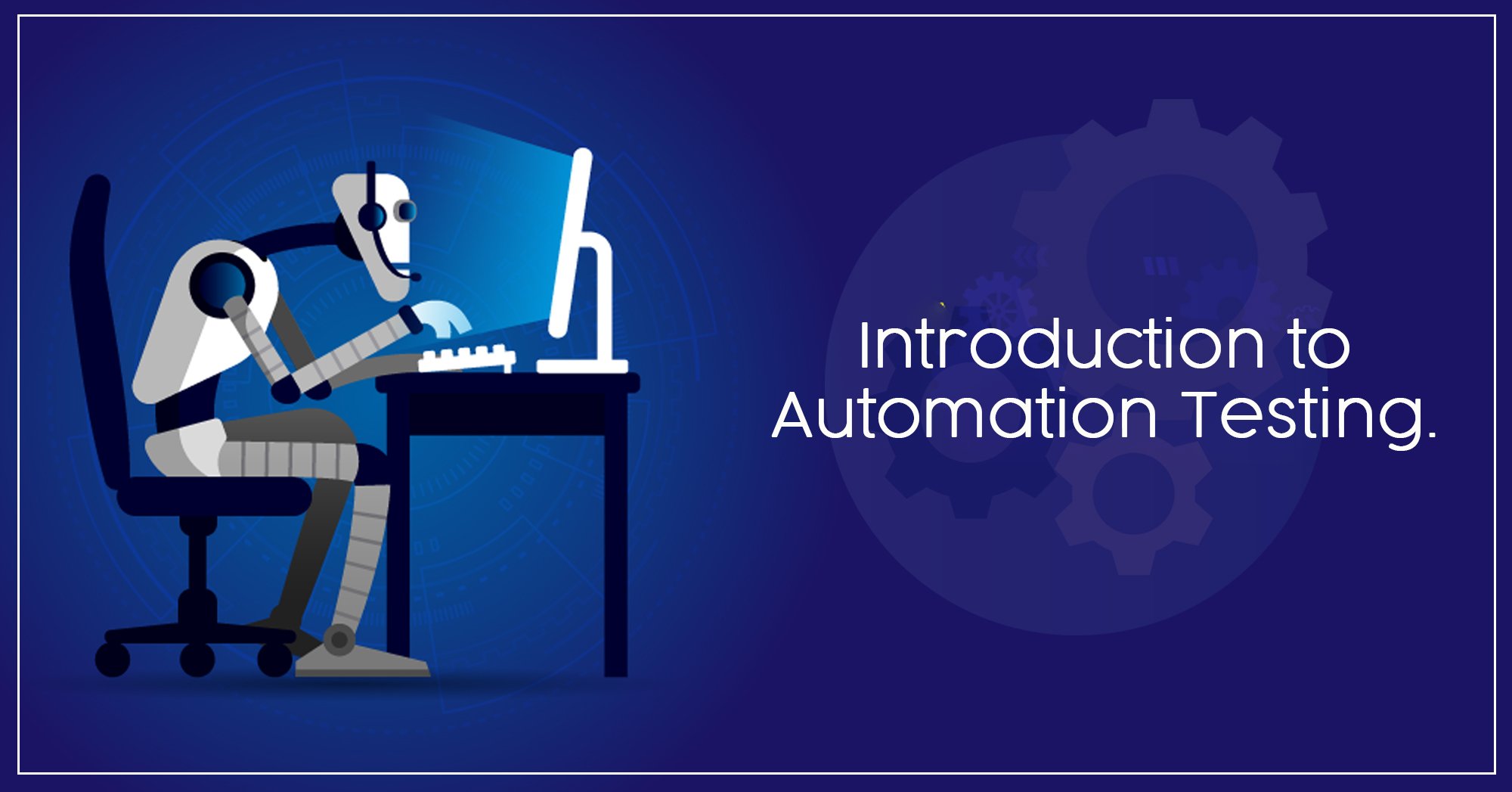From Guidebook to Automated Screening: A Comprehensive Overview to Transitioning Smoothly and Effectively
In the world of software testing, the change from manual to automated procedures has ended up being a significantly crucial transition for companies seeking to improve efficiency and precision in their screening methods. The journey from guidebook to automated screening is not without its obstacles, but when come close to purposefully and with a clear strategy in mind, the benefits can be significant.
Benefits of Automated Checking
Automated testing uses numerous benefits, improving efficiency and accuracy in software application growth processes. One key benefit is the substantial decrease in testing time. Automated tests can be run concurrently on several gadgets and running systems, dramatically quickening the screening stage contrasted to hand-operated testing. This enhanced performance enables faster feedback on the quality of the software, enabling developers to determine and deal with problems promptly.
In addition, automated screening ensures a greater level of accuracy in detecting problems. Because automated examinations follow predefined scripts, human error is decreased, leading to even more trusted test results. Uniformity in screening is additionally enhanced, as automated tests carry out the exact same actions precisely each time they are run. This uniformity is important in ensuring that all capabilities of the software are extensively examined, reducing the possibility of undiscovered pests slipping via to production.
Selecting the Right Devices

Firstly, examine your requirements and objectives. Comprehend the range of your task, the modern technologies entailed, and the capability of your team. This evaluation will aid you figure out the abilities and features you call for in your testing tools.
Secondly, think about the compatibility of the devices with your existing systems and procedures. Seamless integration with your present software application growth lifecycle is important to guarantee a smooth change to automation.
In addition, examine the scalability and flexibility of the devices. As your testing needs evolve, the devices need to be able to adjust and suit changes properly.
Finally, consider the support and community around the tools. When applying automated screening, robust support and an energetic customer neighborhood can supply beneficial resources and support. By carefully thinking about these elements, you can choose the right devices that line up with your requirements and established the stage for an effective shift to automated screening.
Composing Reliable Examination Manuscripts

When crafting test scripts, it is necessary to think about the details requirements of the software being examined and ensure that the scripts address all crucial functionalities. Clear and detailed naming conventions for examination scripts and examination cases can boost readability and maintainability. Additionally, integrating mistake handling systems within the test manuscripts can aid in recognizing and attending to issues promptly.
Additionally, arranging examination manuscripts into modular elements can boost reusability and scalability, reducing redundancy and improving efficiency in test script maintenance. Routine evaluations and updates to evaluate scripts are vital to equal evolving software application demands and capabilities. By complying with these concepts, testers can develop reliable and robust test scripts that add considerably to the success of automated screening procedures.
Integrating Automation Into Workflows
Reliable assimilation of automation tools right into existing operations enhances and simplifies procedures efficiency within software application advancement cycles. When including automation into process, it is crucial to determine repeated tasks that can be automated to save time and decrease human mistake. By perfectly integrating automated screening devices like Selenium or Appium into the software development lifecycle, teams can attain faster comments on code modifications, resulting in quicker bug discovery and resolution. This combination permits for continual testing throughout the growth procedure, ensuring that any problems are determined early on, resulting in greater software application high quality. In addition, automation can be used to trigger tests immediately after each code dedicate, offering prompt validation and liberating testers to concentrate on more facility situations. Proper integration of automation tools needs collaboration between growth, screening, and procedures teams to develop a unified workflow that optimizes performance and efficiency in supplying top notch software.
Making Sure a Smooth Transition
Effectively transitioning to automated screening look at more info includes careful planning and careful implementation to maximize and decrease disturbances effectiveness in the software program growth process - automation testing. To ensure a smooth transition, it is necessary to start by conducting a thorough assessment of the current testing processes and recognizing areas where automation can bring the most considerable advantages. Engaging with all stakeholders early in the procedure, including developers, testers, and job supervisors, is crucial i thought about this for gathering assistance and buy-in for the automation campaign
Communication is key throughout this change phase. Clear communication of the objectives, advantages, and assumptions of automated screening helps to manage any type of resistance or issues that might arise. Additionally, offering appropriate training and sources for staff member to upskill in automation tools and techniques is crucial for guaranteeing a successful transition.

Final Thought
In verdict, transitioning from manual to automated testing uses countless benefits, consisting of raised efficiency and reliability. By picking the appropriate tools, composing effective test scripts, and incorporating automation effortlessly right into workflows, companies can guarantee a successful and smooth shift. It is essential to accept automation as an important asset in software program screening processes to enhance general high quality and performance.
In the realm of software testing, the change from handbook to automated procedures has ended up being an increasingly essential shift for companies seeking to enhance efficiency and accuracy in their screening methods. Automated examinations can be run concurrently on numerous tools and running systems, drastically speeding up the screening stage compared to hands-on testing. Consistency in testing is like this likewise improved, as automated examinations perform the exact same steps exactly each time they are run.To ensure the effective application of picked testing devices, the creation of effective test scripts plays a crucial function in confirming the functionality and performance of automated processes - automation testing. By complying with these principles, testers can create durable and efficient examination scripts that contribute dramatically to the success of automated testing procedures